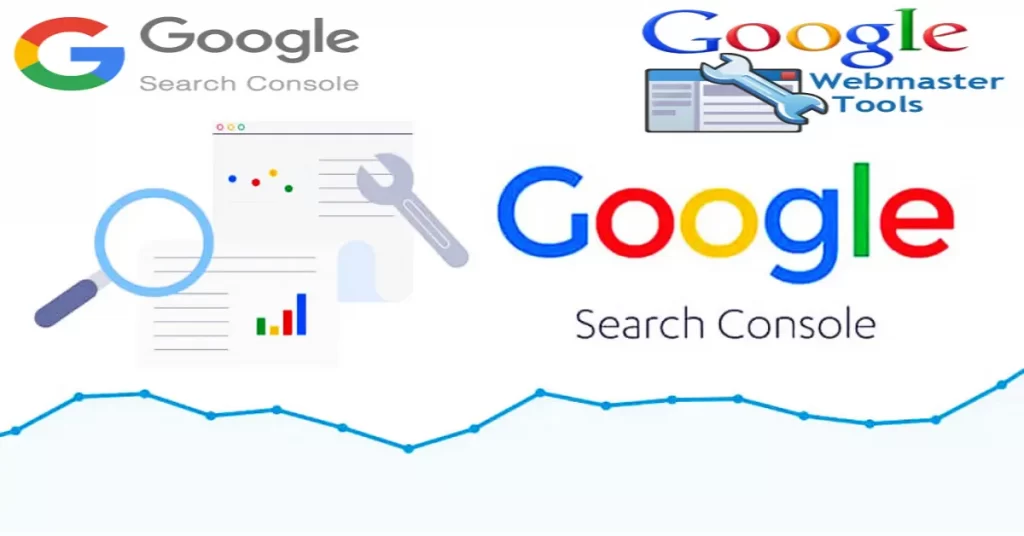(Hosting Keeda) Check out the Comprehensive Guide to Boost Your Website’s Visibility with Google Search Console 2023:
Due to the ever-increasing competition in the online world in blogging fields, it is important to ensure that your website ranks well on search engines. One of the most useful tools you have at your disposal for optimizing your website performance is Google Search Console. In this comprehensive guide, we’ll guide you all about Google Search Console and how to use it to boost your website’s visibility and drive organic traffic. so let’s get started!
What is Google Search Console?
Google Search Console, formerly known as Google Webmaster Tools. it, also known as Google search console tools, is a powerful suite of tools provided by Google that allows users to track their website Reports. GSC allows webmasters, website owners, and SEO professionals to monitor and optimize the visibility of their websites in Google search results.
It provides valuable insights into how Google perceives and crawls your website, identifies any issues that may slow your website’s performance, and offers recommendations to improve its ranking.
Google Search Console also provides Google Analytics reports for a particular post, such as position, clicks, and improvements.

Setting Up Google Search Console
To get started with Google Search Console, you have a Google Account. Once logged in to your account using Gmail. then follow these steps to set up your website:
Step 1: Go to Google Search console
Visit the Google Search Console website, click on the Start Now button, and Login your account with your Gmail.
Step 2: Add your website:
Click the “Add Property” button and enter your website’s URL. Make sure you enter the exact URL you want to monitor.
Step 3: Verify Ownership:
Google requires you to verify with you that you are the owner of your website.
Google search console provides several verification methods such as Adding an HTML file to the root directory of your website, Adding a meta tag to the header of your website, Domain registrar, or using Google Analytics to verify ownership.
Step 4: Submitting a Sitemap:
A sitemap is a file that lists all the pages or posts on your website in the link. it helps google search engines understand its structure.
Submitting a sitemap to Google Search Console provides that your website pages are crawled and indexed correctly.
Key Features and Benefits
Once your website is installed in Google Search Console, you will have access to a host of features and benefits that can increase your website’s visibility and performance. Here are some of the key features that you should explore:
- Performance Reports: Gain valuable insights into how your website performs in Google search results. Monitor impressions, clicks, click-through rates (CTRs), and average position to assess your website’s visibility and identify areas for improvement.
- Index Coverage: Discover how well Google is indexing your website’s pages. Identify any indexing errors or issues that might prevent your pages from appearing in search results and take corrective measures.
- URL Inspection: Dive deep into individual URLs on your website and understand how Google sees them. Check for indexing status, mobile usability, and any issues that may affect the visibility of specific pages.
- Sitemaps: Keep track of your submitted sitemaps and check for any errors or warnings. Ensure that your sitemaps are up to date and accurately reflect your website’s content.
- Mobile Usability: As mobile devices dominate internet usage, it’s crucial to have a mobile-friendly website. Google Search Console helps you identify mobile usability issues and offers recommendations for improvement.
Optimizing Your Website with Google Search Console
Google Search Console provides useful data and insights to help you optimize your website. Here are some suggestions to make the most of this tool:
- Identify Keyword Opportunities: Analyze the performance reports in Google Search Console to discover keywords that are driving impressions but have a low CTR. Optimize your titles, meta descriptions, and content to improve click-through rates for these keywords.
- Fix Indexing Issues: Regularly monitor the Index Coverage report to identify any crawling or indexing errors. Address these issues promptly to ensure all your important pages are indexed and visible to users.
- Enhance Mobile Usability: Use the Mobile Usability report to identify mobile-specific issues on your site. Make necessary improvements to provide a seamless mobile experience for your visitors.
- Optimize Your Sitemap: Regularly check your sitemap status and ensure it’s updated with all the relevant pages. Fix any errors or warnings related to your sitemap to improve the indexability of your site.
- Monitor Core Web Vitals: Core Web Vitals are essential metrics that measure the overall user experience of your website, including page loading speed, interactivity, and visual stability. Keep an eye on the Core Web Vitals report in Google Search Console to identify areas for improvement.
Users need to remember that Google Search Console is a tool that provides you with actionable information to optimize your website’s performance on Google.
You can review reports regularly, address any issues, and make data-driven decisions to increase your website visibility and attract more organic traffic.
